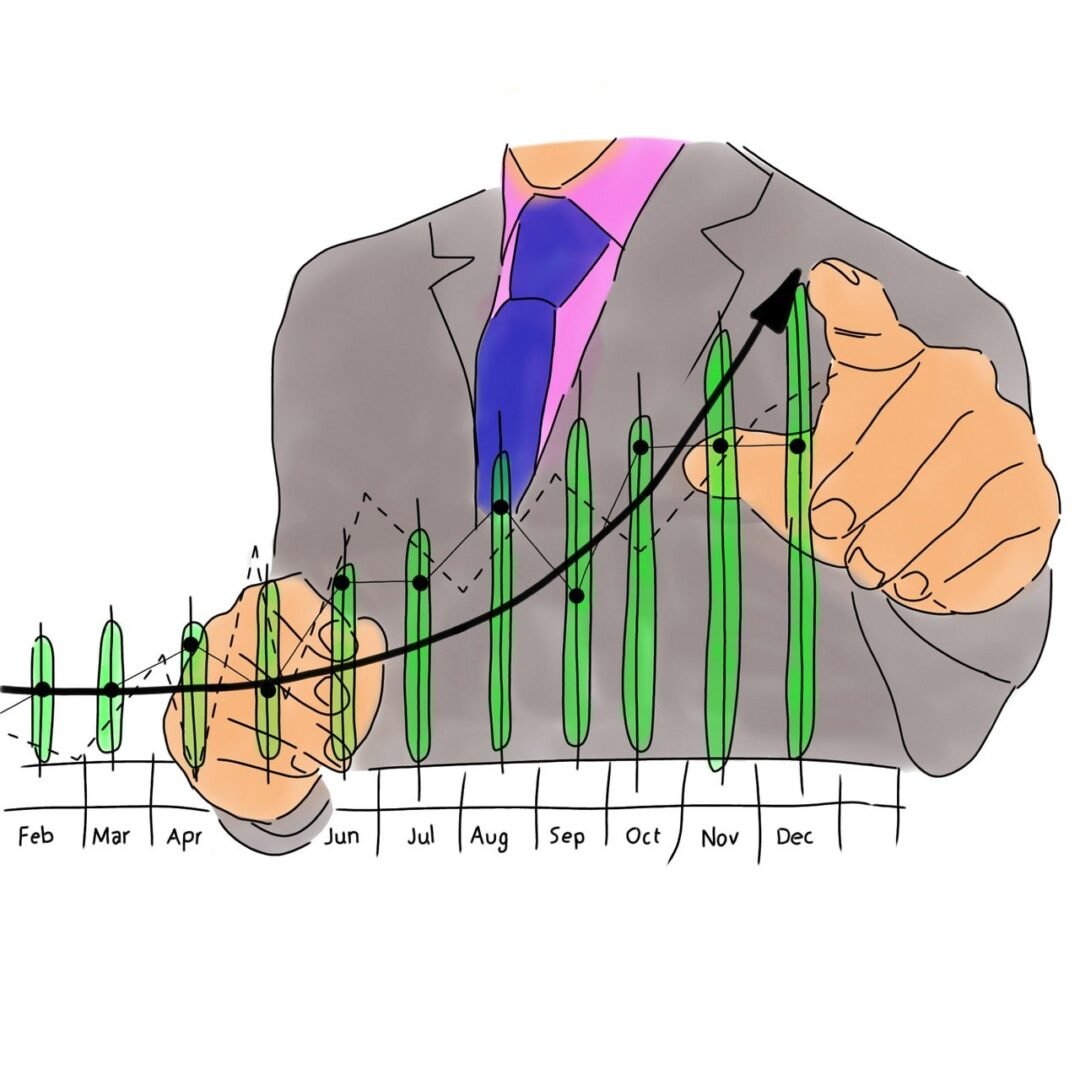What is XEWE? A Guide to Its Advantages and Investment Strategy
The X Trackers S&P 500 equal weight the unique financial products offering investors to the S&P 500 products. Unlike traditional... The post What is XEWE? A Guide to Its Advantages and Investment Strategy appeared first on The Next Hint.

The X Trackers S&P 500 equal weight the unique financial products offering investors to the S&P 500 products. Unlike traditional & 500 ETFs, the market-cap weighted, provides an allocation to the company. In this article, we have briefed about what X trackers (XEWE) are, how the XEWE ETF works, and the advantages to investing in an XEWE ETF.
Among the several financial products launched for a financial expert’s convenience is XEWE, also known as X Trackers S&P 500 Equal Weight. Scroll down to learn more about the financial context.
What is an XEWE ETF?
XEWE Exchange Traded Fund are investment funds that trade on stock exchanges, and are similar to stocks. The assets they hold are commodities, stocks, and bonds which usually operate with a mechanism. Designed to keep the trading close to its asset value. Initially introduced in the 1990s, Exchange Traded Funds or ETF have grown in popularity for low cost, ease of trading, and tax efficiency
How do XEWE ETFs work?

The ETFs, which are abbreviated as Exchange Traded Funds, track the performances of an asset that mimics the index composition. The index buys and sells ETF shares on stock throughout the trading day by providing flexibility and liquidity. While the shares and pricing of the Exchange Trade Funds fluctuate with the market, it allows the investors to take advantage of price and intraday movements.
What are the advantages of investing in an XEWE ETF?
The ETF or exchange-traded funds have several advantages for investors;
- By holding assets brand, they reduce the risk which were invested with individual securities. They can be bought and sold on the stock exchanges at any time during trade hours, offering flexibility.
- Reportedly, ETFs have lower expense ratios, in comparison to mutual funds making them cost-effective. They regularly disclose their holdings which provide investors with clear insights about the investment.
- Additionally, they have lower capital gain distributions which resulted in tax savings for the investors.
What is the S&P 500 Index?
The S&P 500 Index, created by Standard & Poor, is a market optimization index that weighted 500 of the largest companies in the United States. The index is market cap-weighted which means industries that had a greater capitalization had a major impact on their performance.
This index covers several sectors which provide a detailed snapshot of the United States economy.
What are the advantages of the S&P 500?

Experienced investors favour the S&P 500 for several reasons exposing the 500 leading companies across different industries. The S&P also delivered many long-term returns, making it a reliable investment. Additionally, it also serves as a milestone for several mutual funds, ETFs, and investment products. It also shows itself as a reflection of the complete health of the United States economy.
Equal Weight Vs Market Weight Weighing
The Market cap weight allocates the funds based on an organisation’s capitalization for each company. The larger the company, the higher an index will weigh. This also states that a higher weight in the index means their stock price has a significant movement on a complete index performance. Reportedly, the method is generally used in traditional mutual funds and ETFs.
Equal Weighting: Primarily used by any company, equal weighing has funds to each company in the index, despite the market capitalization.
This type of fund influences diversification ensuring that no single company promotes diversification and company risk.
What are the criteria of XEWE ESG?
The application, XEWE, utilises investment returns by reducing the risks by attracting investors and enhancing professors. Organisations that have set ESG practices have minimum chances of facing regulatory penalties, reputational destruction, and lawsuits.
The environmental, social, and governance-applied organisations offer better functionalities and long-term prospects.
Criteria For Investment Strategy

For developing a successful strategy to invest in XEWE, start by lining the investment goals with the characteristics. Imagine if XEWE fits the investment horizon, ESG preferences, and risk tolerances. Along with a regular adjustment review in your investment, you can align the market performance and financial situation. Some of them are;
Risk Management Techniques
When invested in XEWE, effective risk management is crucial. For these sources, diversify across several classes, and mitigate risks according to the security. Additionally, you should stay informed about the economic conditions and trends for adjustments in your portfolio.
Other Factors that influence performance
Several factors influence the working of XEWE including market sentiment, ESG trends, and macroeconomic conditions. The economic indicators including interest rates, inflation, and GDP growth have largely impacted the XEWE performance.
Wrapping Up
X Trackers S&P 500 Equal Weight ESG UCITS ETF (XEWE) features a unique investment property by merging equal weight with stringent ESG criteria. This provides a balanced exposure to sustainable investing principles and reduces concentration risks with the S&P 500. Additionally, its historical performance, equal focus, and methodology makes a compelling choice for investors who are seeking responsible options.
- Related: Why Tech eTruesports is Changing the Game for eSports Organizers
- Related: 23azo Games: Safest Gaming Experience for Students
- Related: What’s The Deal With 314159U GCV MALL: Real Or Spam?
The post What is XEWE? A Guide to Its Advantages and Investment Strategy appeared first on The Next Hint.














